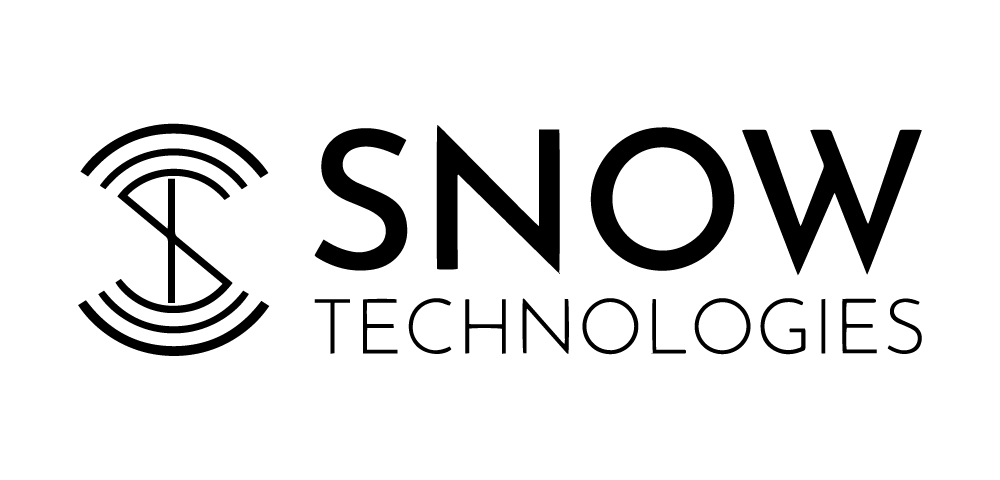Protecting What Matters: How Identity and Access Management Reduces Business Risk

You might have antivirus software in place. A well-configured firewall. Perhaps even regular cybersecurity training for your team. These are all essential components of a security strategy. But if a cybercriminal gains access to a user’s login credentials, they don’t need to break through your defences, they’re already inside.
The way we work today, often remotely, across devices and platforms, means that managing access is more critical than ever. It’s not about building walls or making life harder for your team. It’s about making access smarter, safer, and aligned to how businesses function in the real world.
If your organisation is still relying heavily on basic passwords to protect sensitive systems and data, it may be time to explore how identity and access management (IAM) can provide a stronger, simpler foundation for security, especially with the tools already built into Microsoft 365 Business Premium.
What Is Identity and Access Management (IAM)?
Identity and Access Management (IAM) refers to the processes and tools that ensure the right individuals can access specific resources, and only when, where, and how they need to.
In practical terms, IAM involves confirming identities during sign-in, applying access rules based on context (such as role or location), and continuously monitoring activity. When someone leaves the business, IAM processes ensure that their access is swiftly revoked.
This isn’t about distrust. Even the most well-meaning team members can make mistakes. But cybercriminals thrive on open or poorly managed access. IAM helps reduce that surface area significantly.
Why IAM Matters, Regardless of Business Size
There’s a common misconception that identity and access management is something only large enterprises need to think about. In reality, smaller businesses often face the same threats, and sometimes greater risks, because their internal processes for managing access tend to be less formal or less frequently reviewed.
Most cyberattacks today begin not with a sophisticated breach, but with a compromised identity. This could stem from something as simple as an employee reusing the same password across both work and personal accounts. If that personal account is caught up in a data breach, a threat actor now has a way in.
In many small businesses, access continues to linger long after someone has left the organisation. A former contractor, for example, may retain the ability to log into cloud storage or project management platforms, simply because their access was never revoked. Similarly, it’s not uncommon for an admin-level account to be created for general troubleshooting purposes, and then left wide open, with permissions far exceeding what’s truly necessary.
In some cases, devices used to access company systems are themselves at risk. A team member might log in from a home PC that lacks current antivirus software or hasn’t received essential security updates, exposing the organisation to threats introduced through that endpoint.
Individually, these kinds of oversights may not appear critical. But over time, and without clear, enforced identity controls, they create a patchwork of vulnerabilities that cybercriminals are increasingly adept at spotting and exploiting. Identity and access management gives small businesses a structured way to prevent these risks from accumulating, without disrupting how people get work done. It’s not about locking down systems so tightly that no one can function, it’s about applying just enough control to ensure that access is appropriate, reviewed, and secured.
The Hidden Identity Risks
Many identity-related risks don’t stem from malicious intent, but rather from lack of visibility or outdated access practices. Common issues include failing to enforce multi-factor authentication, granting users more access than they need for the sake of convenience, and forgetting to disable user accounts after someone leaves the organisation.
It’s also common for business owners to lack full visibility into which team members are accessing which apps and resources, especially if those apps span multiple platforms. This is compounded by continued reliance on passwords alone, even though we now know how easily they can be compromised.
If exploited, any one of these gaps can cause disproportionate damage. And with most businesses now relying on cloud apps, hybrid working models, and third-party solutions, those identity gaps are easier to miss, and more important than ever to close.
The Principles Behind Effective IAM
The good news is that successful identity and access management doesn’t require memorising technical jargon. Just a few clear principles can help shape a secure and sustainable approach:
Least privilege: All users should be granted only the access they need, no more, no less.
Separation of duties: Nobody should have unchecked authority over critical systems or data without oversight.
Strong authentication: Passwords alone don’t cut it. A second step, such as a device-based verification code, makes access significantly harder to compromise.
Visibility and auditability: You need to understand who is accessing what, when, and from where. Without that visibility, mistakes go unnoticed, and threats have room to grow.
Historically, implementing these principles required complex third-party security tools. Fortunately, platforms like Microsoft 365 Business Premium now provide many of these capabilities natively, tailored specifically for small and mid-sized businesses.
How Microsoft 365 Business Premium Supports Stronger IAM
Microsoft 365 Business Premium includes a comprehensive set of tools that help businesses manage identities, enforce policies, and monitor access, all without unnecessary complexity or cost. Features include:
Multi-Factor Authentication (MFA)
This adds a second form of verification when users sign in, such as confirming a code on a mobile device, so that even if a password is stolen, the account remains protected.
Conditional Access
With this, you can define granular policies based on parameters such as user location, device status, or risk level. For example, you could require stricter authentication if someone logs in from overseas, or block access entirely from unmanaged devices.
Single Sign-On (SSO)
SSO means users sign in once and gain access to all authorised cloud applications. This reduces the need for multiple passwords while maintaining consistent control over authentication.
Role-Based Access Control (RBAC)
This allows you to assign access rights based on users’ responsibilities, ensuring that individuals have access only to the tools and data relevant to their role.
Identity Clean-Up and Governance Tools
The platform can automatically flag or disable inactive accounts, reducing exposure points and ensuring that only current users have access.
Audit Logging and Access Reviews
Built-in logging tools keep track of access attempts, credential changes, and other key IAM events. This supports ongoing security monitoring, compliance, and forensic analysis in the event of an incident.
All of these features are designed to support safer sign-ins, leaner administration, and stronger protection, tailored to how businesses operate today.
A Business Enabler, Not Just a Safeguard
The value of IAM extends beyond security. With the right systems in place, teams spend less time chasing access or troubleshooting login problems, and more time getting things done. Onboarding and offboarding are faster. Access disputes are reduced. Sensitive information remains controlled, even as people move between projects or roles.
Establishing strong identity controls also builds confidence, not just internally, but with customers and partners who trust you to manage data responsibly. And if something ever does go wrong, having proper identity visibility and governance in place puts you in a much stronger position to respond quickly and effectively.
Security Starts with Access
Every file, every system, every interaction, it all begins with access. Who is logging in, from where, and using what device?
If access control is still being handled informally, or if passwords are your organisation’s only line of defence, it’s time to reevaluate. Identity sits at the core of modern business security, and implementing the right IAM approach is no longer a luxury, it’s a necessity.
With Microsoft 365 Business Premium, you can take a major step forward without overhauling your existing systems. Safer sign-ins, clearer controls, and built-in visibility are all achievable, helping you protect what matters most.
Ready to explore how these capabilities fit your business?
Get in touch, we’ll help you strengthen your identity strategy with simple, scalable solutions.
